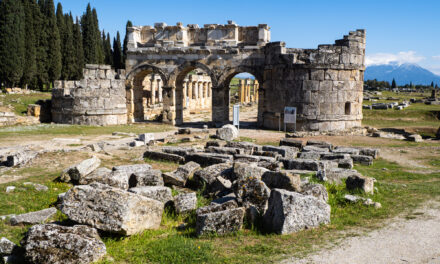Kaymaklı Underground City – First Steps into a Forgotten World
I arrived early and was the first person to enter Kaymaklı Underground City that morning. For at least 30 minutes, I had the ancient tunnels completely to myself. No voices, no footsteps—just silence and stone. I started from the bottom level and worked my way up, exploring in reverse.
There were several moments when I paused in one of the chambers, sat on a carved bench, and let my imagination take over. What did it feel like to live down here—completely underground, hidden from the world above?
As a fan of science fiction, I couldn’t help but think of Dune by Frank Herbert and the Silo series by Hugh Howey. The first book, Wool, envisions a society living deep underground after the surface becomes toxic. Kaymaklı felt like a real-world version of that vision—an entire city carved from volcanic rock, built not just to survive, but to thrive, out of sight.
A Timeline Beneath the Earth
-
8th–7th Century BCE – Believed to be started by the Phrygians, who first carved chambers into the soft volcanic tuff.
-
4th Century BCE – Expanded during Persian and Hellenistic periods; used for storage and shelter.
-
2nd–4th Century CE – Early Christians fleeing Roman persecution expanded the city significantly, carving out chapels, kitchens, and living quarters.
-
5th–10th Century CE – Under Byzantine rule, the city reached its peak complexity. Defensive features like massive stone doors and hidden ventilation shafts were added.
-
11th–15th Century – Continued use through the Seljuk and Ottoman periods as refuge during conflict.
-
1964 – Kaymaklı was opened to the public; four of its eight levels are accessible today.
Kaymaklı doesn’t just belong to history—it’s part of a larger story about human resilience and adaptation. Standing in those silent chambers, it’s easy to see how past and future, myth and memory, reality and imagination can all converge underground.
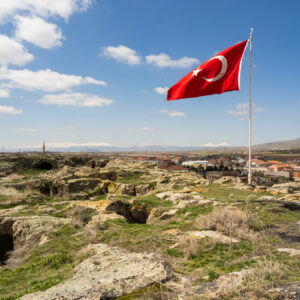
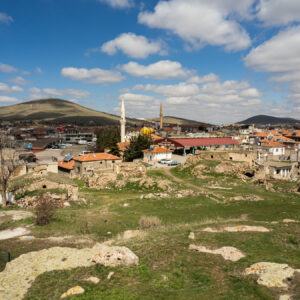
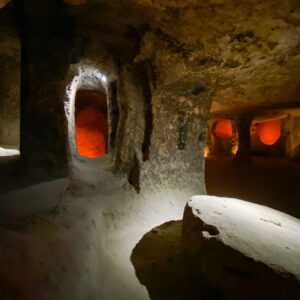
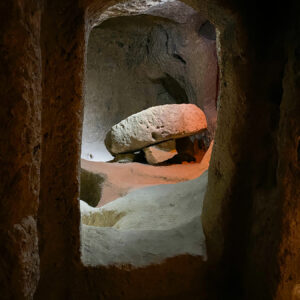
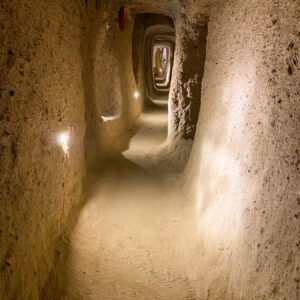

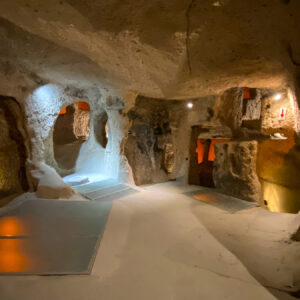
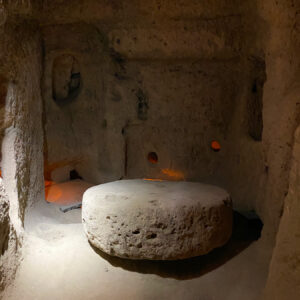
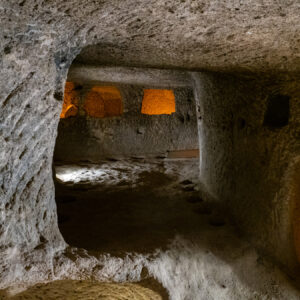
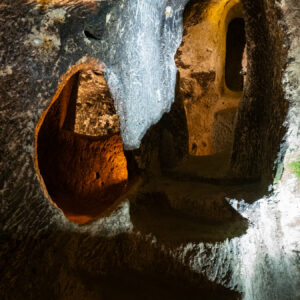
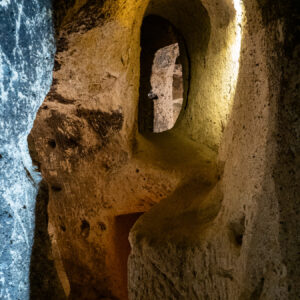
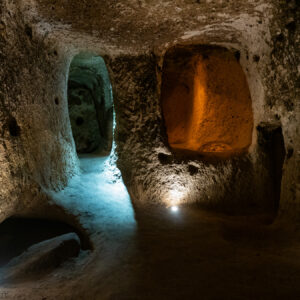
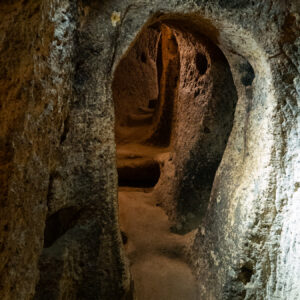
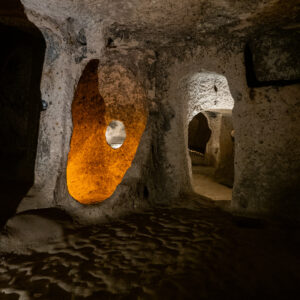
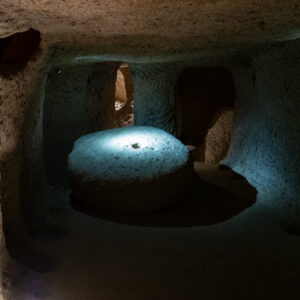
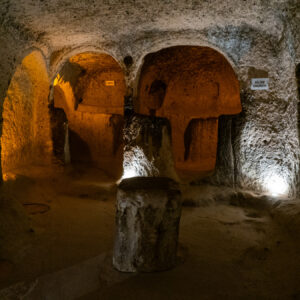

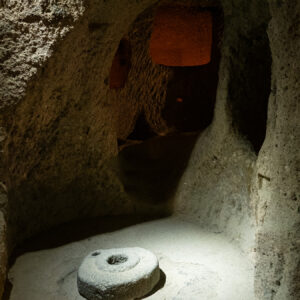

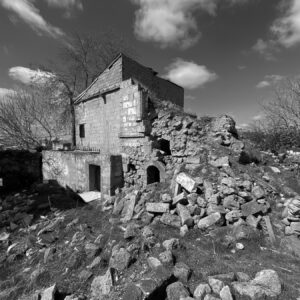
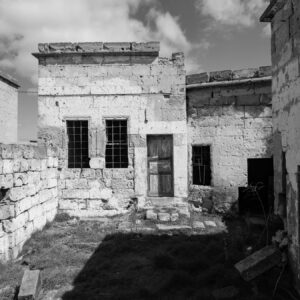
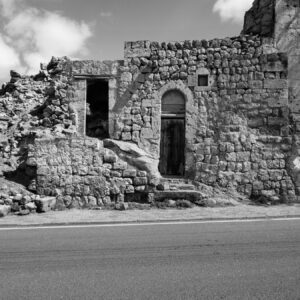
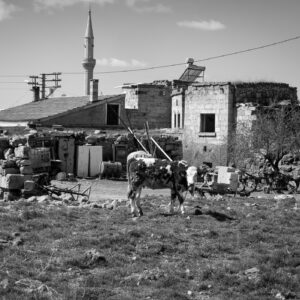
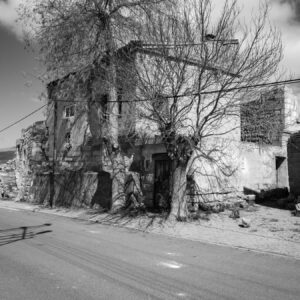


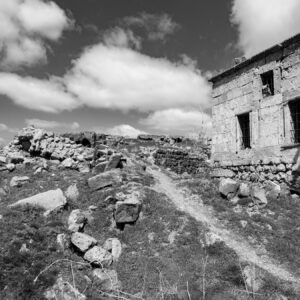
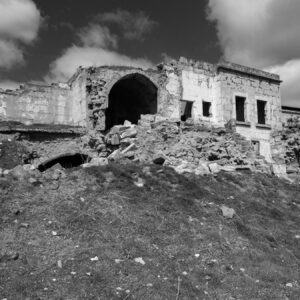

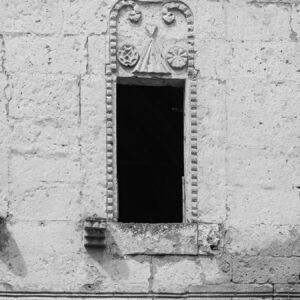
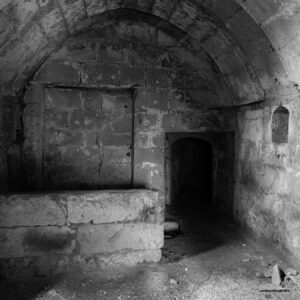
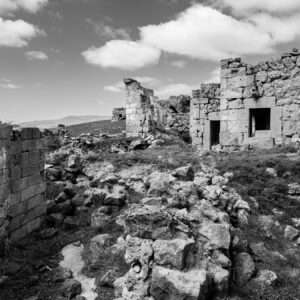
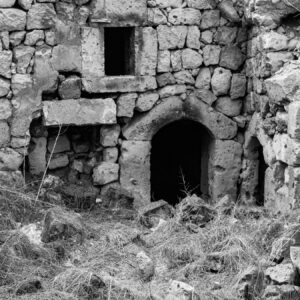

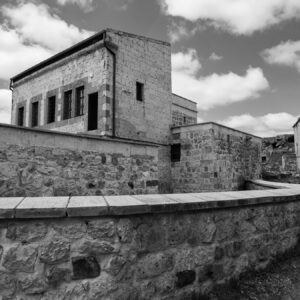
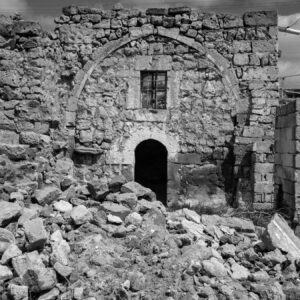
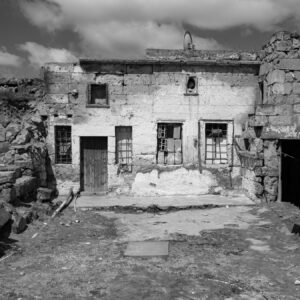
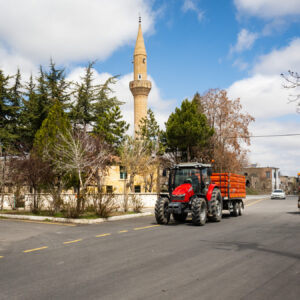
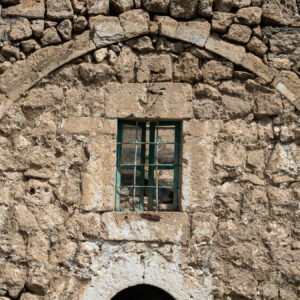
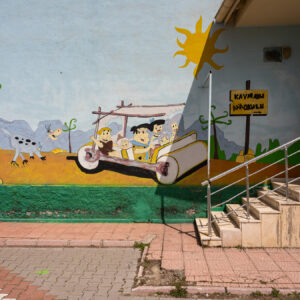
After leaving the underground city, something else caught my eye—just beyond the entrance, a few abandoned stone buildings stood quietly, their weathered walls blending into the landscape. Curious, I wandered behind a small hill nearby. There were no fences or signs, so I followed a worn footpath up to the top.
From the hilltop, I had a wide view overlooking the town of Kaymaklı. What surprised me most were the openings in the ground—dark holes and narrow entrances hinting at more of the underground city below. I didn’t go in very far; I wasn’t sure how deep they went or where they had been sealed. Still, it was remarkable to think that under this quiet hilltop, a vast network of tunnels and chambers still runs beneath the earth.
Scattered across the hill were the stone ruins of old homes, partially collapsed and reclaimed by time. There were no markers, no plaques to explain their history. I took some photos to document the space—another layer of human history sitting silently above one of the most extraordinary underground cities in the world.


